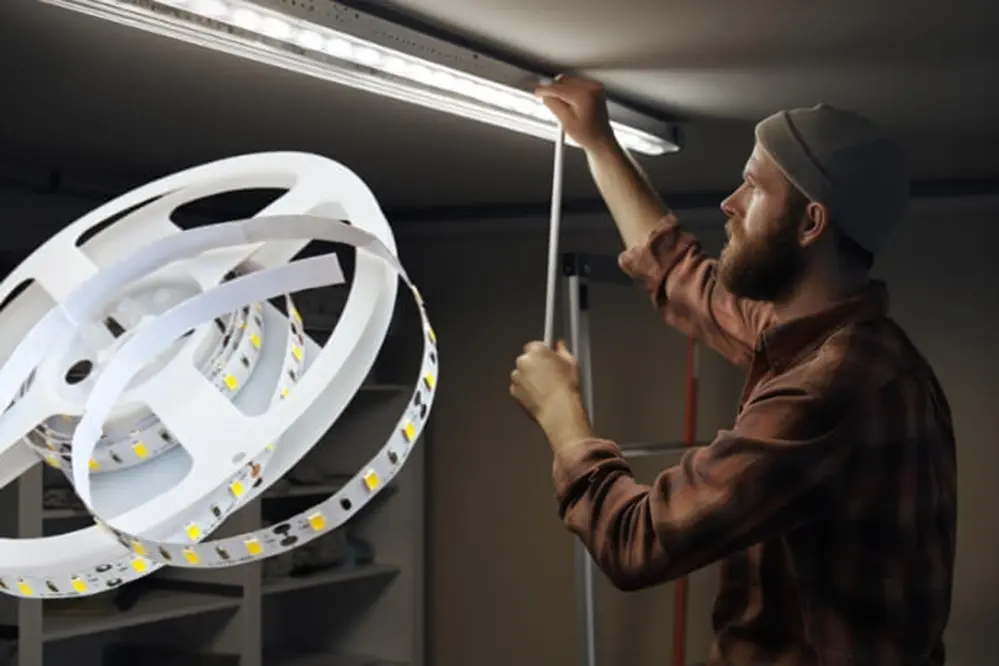Are you wondering if LED strip lights can replace fluorescent tubes in your home or office? You’re in the right place. With years of expertise in lighting solutions, I can confidently guide you through this illuminating transition.
LED strip lights offer a versatile and energy-efficient alternative to fluorescent tubes, providing superior lighting quality, longer lifespan, and reduced energy consumption, particularly when opting for a ballast bypass.
Stay with us as we explore the benefits, applications, and practical tips for making the switch to LED strip lights, ensuring you make the most informed decision.
Understanding LED Strip Lights
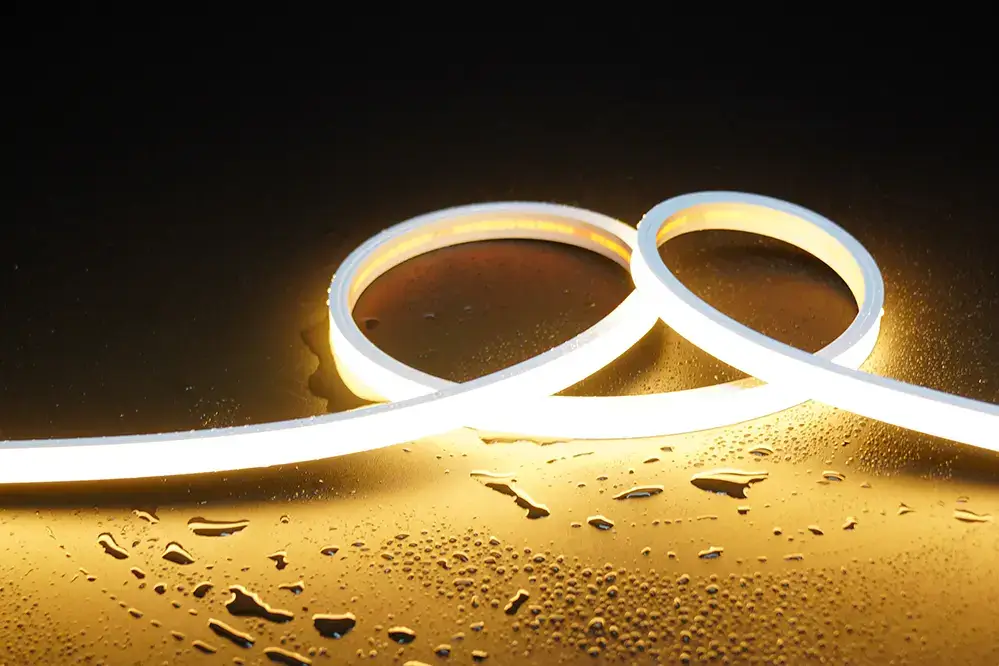
LED strip lights epitomize innovation in lighting technology, presenting an adaptable solution for illuminating spaces. Their sleek, flexible designs allow for creative installations that transform any environment.
Introduced after fluorescent tubes, these lights boast efficiency and design flexibility.
With an impressive operational lifespan, LED strips significantly outlast traditional options, making them cost-effective in the long run.
Moreover, their energy consumption is much lower, offering substantial savings on electricity bills.
LED strips emit minimal heat, ensuring enhanced safety and reduced environmental impact, promoting sustainable lighting practices.
Ultimately, the versatility of LED strip lights unlocks a world of design possibilities. As technology progresses, they continue to redefine lighting solutions globally.
What Are Fluorescent Tubes?
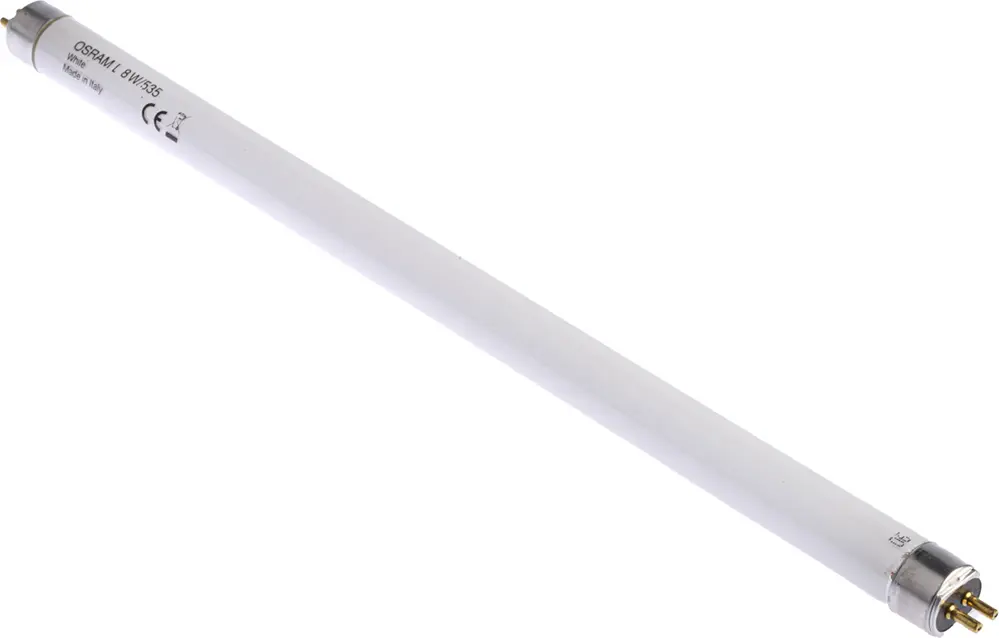
Fluorescent tubes have long been recognized as a staple in commercial and residential lighting, providing reliable illumination for decades.
These tubes, also known as fluorescent lamps, consist of a glass tube coated with a phosphorescent material. They operate by passing an electric current through mercury vapor, which then emits ultraviolet light that causes the phosphorescent coating to glow. This process generates visible light, typically used in various settings, from offices to industrial spaces.
Historically, these tubes have served as a standard in locations requiring broad and consistent illumination. Fluorescent lights were particularly valued for their ability to deliver high levels of light output compared to other earlier technologies, optimizing energy efficiency for large areas.
However, as with any technology, fluorescent tubes have their limitations, including environmental concerns due to mercury content. Although they’ve been reliable fixtures, the need for more sustainable, energy-efficient solutions has prompted the search for better options, paving the way for innovations like LED strip lights. This shift encourages a brighter, more sustainable future in lighting design and application.
Energy Efficiency Comparison
LEDs redefine energy efficiency standards.
While fluorescent tubes have historically been the go-to for energy-efficient lighting in large spaces, LEDs have entered the scene with compelling advantages. LEDs utilize semiconductors to emit light, converting energy into illumination with significantly less waste. Consequently, they transform a greater proportion of electricity into visible light, surpassing fluorescents by a wide margin.
Fluorescent lights waste energy as heat.
The switch from fluorescent tubes to LED strips is not merely about lumens per watt—it’s about ushering in the future of illumination with unmatched efficiency. LED technology now boasts an impressive energy-saving profile that dramatically reduces operational costs.
Thus, the elevated energy efficiency of LEDs contributes not only to environmental sustainability but also to significant long-term financial savings. Investing in LEDs means embracing a future of lighting that harmonizes with the growing global emphasis on reducing carbon footprints and energy consumption, positioning LEDs as the champions of contemporary efficiency.
Cost Analysis: LED vs. Fluorescent
When evaluating lighting solutions, costs are a vital component of the decision-making process for businesses and individuals alike.
In 2016, a detailed analysis by a leading energy consultancy revealed that LED strip lights offered lifetime costs significantly lower than those of fluorescent tubes, despite initial higher purchase prices.
Today, it’s not just price parity that makes LED technology’s transition compelling; it’s the promise of lower maintenance and the ease with which you can switch to LEDs due to their longevity compared to the shorter lifespans typically associated with fluorescent systems.
Considering the cost of electricity and replacing bulbs, the overall operating costs are noticeably minimized with LEDs, offering savings that extend well beyond the initial purchase investment.
In conclusion, examining all aspects, LED strips emerge as a prudent, future-ready alternative to fluorescent tubes.
Lifespan of LED Strips vs. Fluorescent Tubes
In the ongoing discourse of lighting solutions, understanding the lifespan of LED strip lights versus fluorescent tubes presents a compelling narrative of endurance, innovation, and economic sense.
Fluorescent tubes generally have a lifespan of 7,000 to 15,000 hours.
Meanwhile, LED strip lights significantly surpass this mark, boasting lifespans that can extend up to 50,000 hours.
This remarkable longevity of LEDs stems from their robust construction and energy-efficient design, which minimizes waste heat and deterioration.
Additionally, LED strips maintain their luminous efficacy far longer without the flickering and reduced brightness often seen as fluorescents near the end of their lifespan.
Ultimately, choosing LED strip lighting extends beyond just utility savings; it reflects a commitment to sustainability, ensuring that both individuals and businesses contribute positively to a brighter future.
Brightness and Light Quality
In the quest for superior lighting, the ability to switch brightness and light quality are paramount considerations. LED strip lights excel in offering unparalleled illumination, providing consistent and vibrant light that enhances every environment they grace.
These modern solutions achieve remarkable brightness levels, offering crisp and clear lighting. They are designed to emit light with precision and clarity, elevating spaces with their radiant glow.
LED strips offer an impressive array of customizable color temperatures and intensities, allowing users to tailor their lighting experience to meet specific needs. This flexibility makes them a versatile choice for various settings, effectively surpassing the static nature of fluorescent tubes.
Furthermore, the superior light quality of LED strips boasts a vast spectrum of colors achievable through RGB technology. This creates an exceptional opportunity for dynamic lighting designs that can transform any space, whether waving warm tones across a cozy room or igniting vibrant hues for an inspiring workspace. LED strip lights, with their promise of enhanced wellness and ambiance, stand ready to redefine the future of how we perceive our environments.
Installation Differences
While traditional fluorescent tubes require fixtures and often demand ballast bypass, which can be cumbersome and limiting, LED strip lights offer remarkable ease in installation, making them a perfect choice for retrofit projects. These versatile wonders can be cut to fit custom lengths, affixed with adhesive backings for seamless application, and connected with plug-and-play connections, significantly simplifying the process and broadening possibilities for creative installations.
Installing LED Strip Lights
Opting for LED strip lights promises flexibility—tailor lengths and styles according to creative aspirations.
LEDs use up to 75% less energy, contributing significantly to lower electricity costs and a reduced carbon footprint.
Simple stripping of backing and adhering it to surfaces offers a convenient installation process. By accommodating diverse design possibilities, LED strips allow imaginative applications in both residential and commercial environments with expert precision.
Remove the need for extensive wiring—foster a brilliant, accessible lighting solution with minimal effort—efficient, adaptable installations ensure innovation lights up any space.
Durability and Maintenance Needs
LED strip lights are renowned for their exceptional durability, a prime reason they are increasingly considered for various lighting solutions.
Unlike traditional fluorescent tubes, which often require frequent replacement due to burnout or flickering, LED strip lights boast a significantly longer lifespan. They typically last up to 50,000 hours, reducing the frequency of replacements and maintenance interruptions significantly.
Moreover, their durable construction makes them resistant to shocks, vibrations, and external impacts, rendering them ideal for a wide range of applications. This resilience translates into fewer incidents of breakage and reduced maintenance demands compared to more fragile fluorescent counterparts.
LED technology’s inherent efficiency also translates into reduced heat emission, which not only maintains performance but also prolongs the lifespan of accompanying luminaires. The lower thermal output minimizes infrastructure stress, paving the way for consistent performance with minimal upkeep.
In essence, the durability and minimal maintenance needs of LED strip lights exemplify their prowess as a reliable, long-term lighting solution.
Environmental Impact
The shift from fluorescent tubes to LED strip lights heralds significant environmental benefits. While fluorescent tubes contain mercury, a hazardous substance, LEDs are devoid of such toxic materials, offering a safer alternative for both the environment and public health. With the growing emphasis on sustainability, this is a crucial advantage.
Furthermore, LED strip lights are incredibly energy-efficient, drastically reducing electricity consumption compared to traditional lighting. This increased efficiency diminishes fossil fuel use, leading to a decline in greenhouse gas emissions. By opting for LED technology, both individuals and businesses can contribute to global efforts to mitigate climate change.
Recycling LED lights is also less problematic than handling fluorescents. The non-toxic nature of LEDs means they are easier to dispose of or repurpose, ensuring a smaller environmental footprint. Meanwhile, fluorescent tubes require careful handling and specialized recycling processes to prevent mercury contamination—a concern alleviated by transitioning to LEDs.
Thus, the environmental advantages of LEDs extend far beyond energy savings, encapsulating safer disposal, lower waste production, and fewer toxic components. As advanced readers keen on making informed choices know, this transition is not merely about economic savings but represents a conscious commitment to preserving our planet for future generations.
Versatility and Flexibility
LED strip lights offer unmatched versatility and flexibility, making them an excellent alternative to fluorescent tubes. Their adaptable nature supports various applications, from accent lighting to task illumination.
These lights can easily fit unconventional shapes and spaces. Unlike rigid fluorescent tubes, LEDs conform to creative architectural designs, enhancing ambience wherever installed.
The transformative potential of LED technology is limitless, permitting aesthetic innovations while offering a plethora of lighting effects, colors, and intensities. Their adhesive backing enables straightforward installation, simplifying the meticulous process of traditional lighting system setups.
In professional environments, LED strip lights empower unique interior designs due to their ability to accommodate diverse lighting demands, often necessitating a ballast bypass for optimal performance. Whether in cozy, dim home settings or vibrant, lively commercial spaces, their presence elicits awe and wonder, making them an inspiring choice for anyone passionate about contemporary lighting solutions. Their flexibility paves the way for a visionary approach to design.
Design and Aesthetic Benefits
When it comes to design possibilities, LED strip lights hold unparalleled advantages over their fluorescent counterparts.
Offering a sleek, modern look, they effortlessly blend into various settings.
Their customizable nature allows for seamless integration into intricate design frameworks, enabling the creation of layered lighting environments. This adaptability grants designers the freedom to explore curves, edges, and other unconventional layouts with ease, boosting creative expression.
Furthermore, LED strip lights offer a realm of luminous possibilities, allowing any space to transform into a canvas of art with a spectrum of colors and intensities. With options ranging from “cool” to “warm” atmospheres, they can highlight architectural features or create intimate settings, offering an enriching and evocative experience. These lights not only cater to functional requirements but elevate the aesthetics to a level where ordinary spaces can become extraordinary.
Applications: Where Each is Best Suited
LED strip lights and fluorescent tubes each have unique strengths that make them ideal for specific applications and environments.
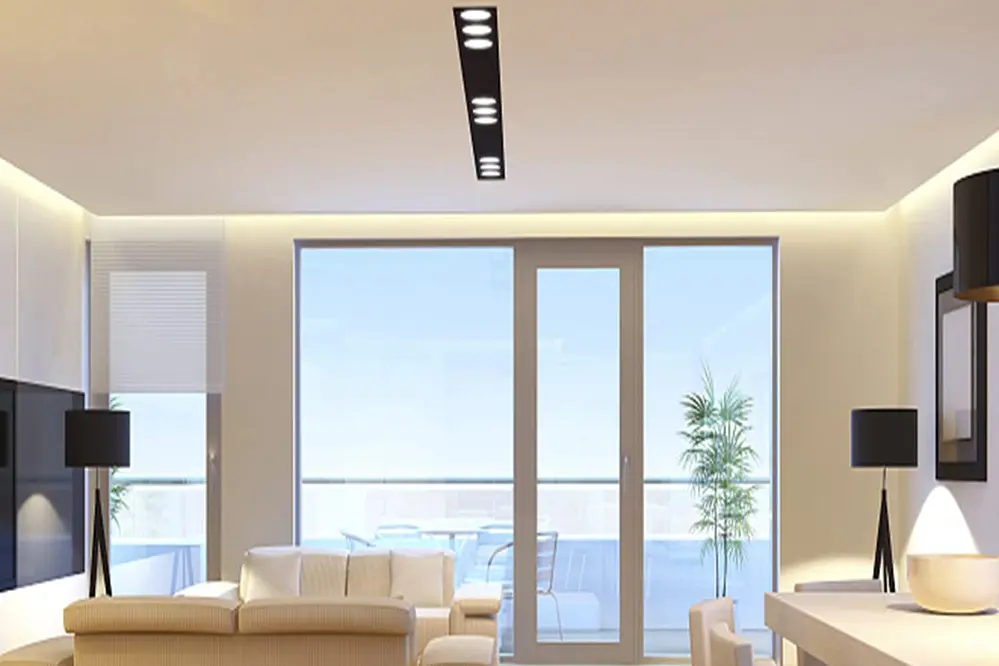
In commercial and retail settings, fluorescent tubes are a traditional choice due to their bright, cost-effective illumination over large areas, making them indispensable in spaces like warehouses and offices where broad, uniform lighting is imperative. Their decades-long reputation for reliability ensures they continue to serve environments focused on productivity and functionality.
Contrastingly, where ambiance and adaptability are paramount, LED strip lights shine. In residential spaces, their customizable color options and flexibility offer designers and homeowners the ability to create personalized atmospheres, absorbing seamlessly into varied décor styles and spatial layouts.
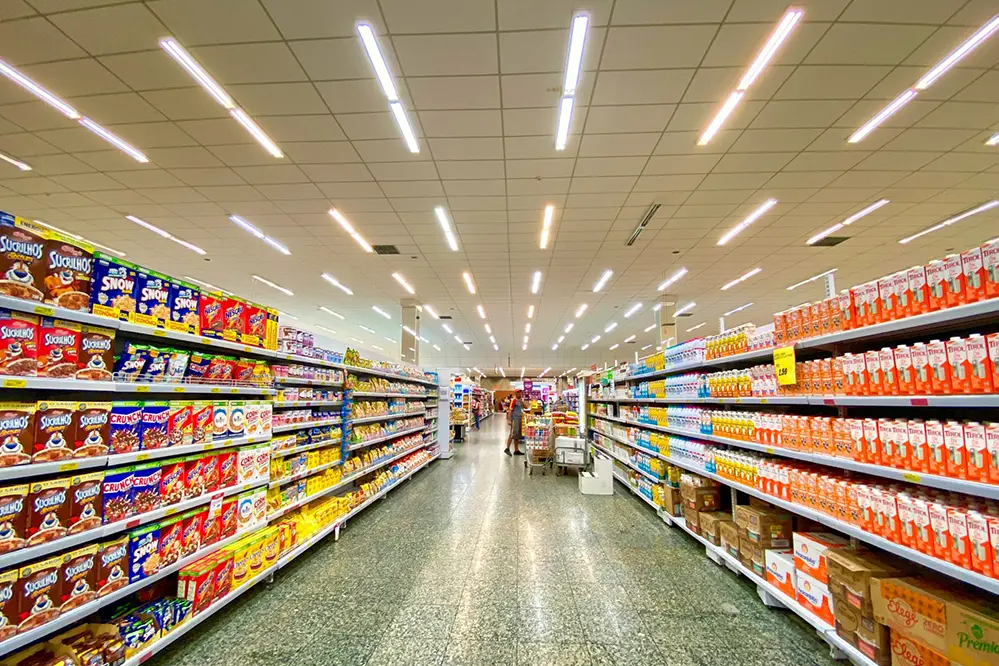
Ultimately, your decision hinges on the application’s requirements and the desired atmosphere or function. If the focus is budget-friendly area floodlighting with proven standardization, fluorescent tubes hold their ground. However, for applications where enhanced aesthetics, dynamic lighting, or energy efficiency is critical, LED strip lights promise innovation and transformation, redefining conventional lighting narratives with modern flair.
Making the Switch: What You Need to Know
Transitioning to LED strip lights presents cost-effective potential, owing to their longevity, energy efficiency, and adaptability. By upgrading, you enhance the environmental footprint while enjoying reduced maintenance expenditures. LED technology innovatively redefines lighting by offering flexibility that fluorescent tubes inherently lack.
To make the most of this transition, selecting high-quality LED strips ensures optimal lighting performance and color uniformity. It’s pertinent to assess the existing lighting infrastructure and compatibility with LED solutions, allowing for seamless integration without significant disruption or unnecessary replacements.
Ultimately, “switching” and “investing” are synonymous in moving to the ‘bright’ future of lighting.
Tips for Choosing LED Strip Lights
Choosing the right LED strip lights can transform your space with both functionality and aesthetics.
- Brightness Level: Ensure the lumens per foot match your lighting needs.
- Color Temperature: Consider warm or cool tones based on ambiance preferences.
- Flexibility and Length: Select strips that fit the dimensions of your space seamlessly.
- IP Rating: Opt for waterproof options for humid or outdoor areas.
- Compatibility: Verify compatibility with existing fixtures and dimming systems.
Evaluating these factors ensures your choice perfectly aligns with your vision and requirements.
Embrace quality and versatility when selecting LED strip lights to maximize their transformative impact.
Conclusion
LED strip lights have emerged as a superior alternative to traditional fluorescent tubes, delivering remarkable energy efficiency and exceptional illumination. These modern lighting solutions not only enhance the aesthetic appeal of any space but also offer versatile design possibilities that cater to both residential and commercial needs. As technology progresses, LED strip lights surpass their fluorescent counterparts by providing longer lifespans and brighter, more efficient lighting. This transition reflects a commitment to sustainability, reducing energy consumption while maintaining high functionality.
Choosing LED strip lights is a strategic decision that aligns with the growing emphasis on environmental responsibility. Their ability to seamlessly integrate into various settings makes them an attractive option for those seeking to modernize their lighting strategies. By adopting LED technology, individuals and businesses alike can enjoy significant energy savings and contribute to a greener future. This shift not only elevates the visual and economic aspects of a space but also embraces the future of smart, sustainable lighting solutions. Experience the brilliance and efficiency of LED strip lights as they illuminate the path to a brighter tomorrow.
